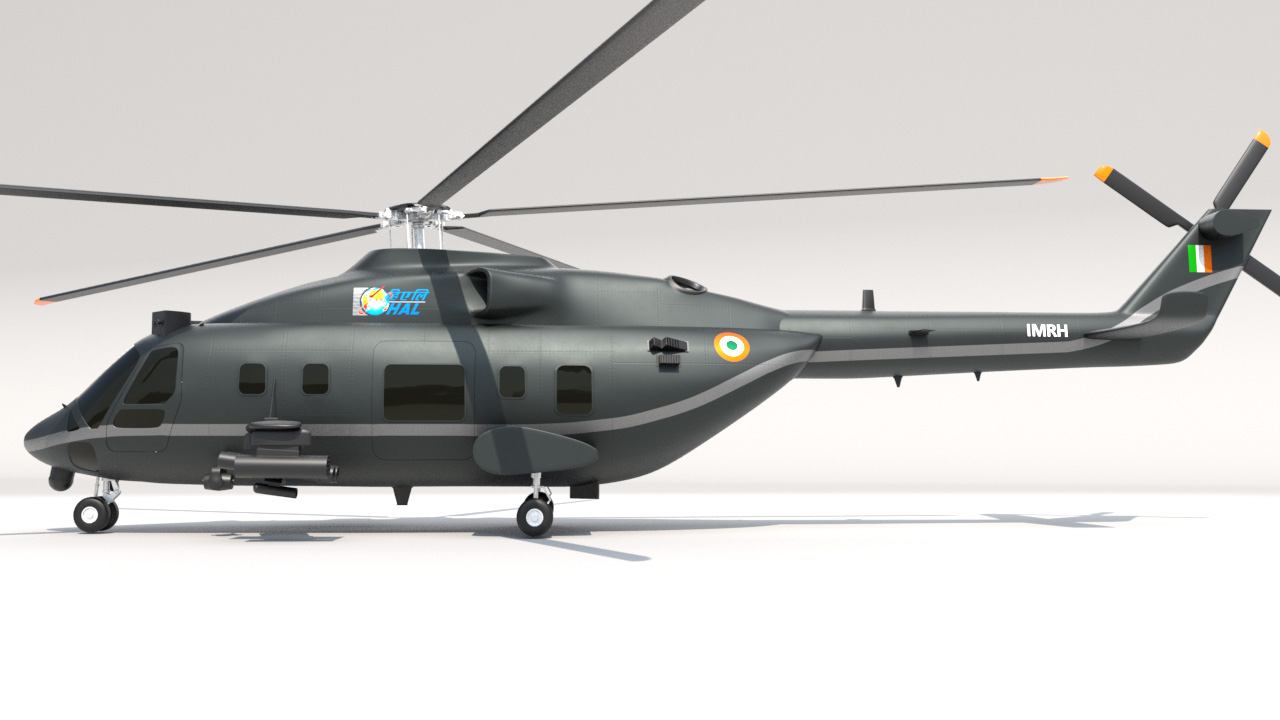
- The Navy thinks it will need more than 100 MRH, and a previous world bid for 123 MRH has been canceled.
- The Navy is in the process of getting 24 MH-60R MRH helicopters from Lockheed Martin as part of a $2.2-billion deal made in February 2020.
Defense officials say that the project approval for the Indian Multi-Role Helicopter (IMRH), which is being made by Hindustan Aeronautics Ltd. (HAL), is likely to happen this fiscal year.
The French company announced that Safran Helicopter Engines and HAL have chosen to set up their new joint venture company in Bengaluru. The company will be focused on “design, development, production, sales, and support of helicopter engines,” starting with the IMRH.
The Deck Based Multi-Role Helicopter (DBMRH), a military version of the IMRH, will be ready by the end of this decade and will replace the Mi-17s that are currently in use.
“The project is on track, and HAL is currently using its own money. A defense official said, “The proof of concept is on track, and the Detailed Project Report (DPR) should be sent to the Cabinet Committee on Security (CCS) next month for approval.”
Once the project is approved, the source said, it should take about seven years to finish.
The Hindu has said that the two different forms of the project are expected to cost around 10,000 crore. The Coast Guard also wants the DBMRH to be changed to fit its needs.
The Safran statement came right after an Indo-French joint statement made a reference to it on Friday. The statement said that a shareholders’ agreement between HAL, India, and Safran Helicopter Engine for engine research had been signed so that the IMRH program could move forward.
“It will be devoted to the design, development, production, sales, and support of helicopter engines. The first goal is to build the best way to move the future 13-ton IMRH and DBMRH for the Indian Ministry of Defense (MoD). “With this joint venture, India will be the first country to design and make its own engine,” Safran said.
It also said that this choice was made possible by a dynamic common work cycle between the two companies, which was made possible by a Memorandum of Understanding (MoU) signed on July 8, 2022, and a work-sharing agreement made during Aero India 2023.
The CEO of Safran Helicopter Engines, Cedric Goubet, said, “We are thrilled to work with HAL and India to create this new turboshaft engine joint venture that will serve both the Indian market and future export opportunities.”
Safran and HAL have worked together on helicopter engines for a long time. The Shakti engine powers HAL-made helicopters like the Advanced Light Helicopter (ALH) Dhruv, the weaponized-ALH Rudra, and the Light Combat Helicopter (LCH) Prachand. Safran says that more than 500 Shakti engines have already been made.
HAL CMD C. B. Ananthkrishnan said, “The goal is to co-develop and co-produce turboshaft engines in India, with an immediate focus on IMRH and DBMRH.” They are using HAL’s experience in making more than 15 different types of aircraft and helicopter engines and Safran Helicopter Engines’ expertise in designing turboshaft engines for this project.
Maintenance, Repair, and Overhaul (MRO) work for the Indian military’s TM333 and Shakti engines will be done at the HE-MRO joint venture in Goa, which is a partnership between the two companies.
Replacement for Mi-17 helicopter fleet
The IAF has a big number of Mi-17 aircraft, including Mi-17, Mi-17 1V, and Mi-17 V5. It does most of the work in the IAF’s fleet of helicopters. India bought 151 Mi-17V5s between 2008 and 2013, and the last one arrived in February 2016. The IAF has a wide range of rotary platforms, including around 90 Mi-17s, over 130 Mi-17V5s, over 70 ALH, including the armed version, 22 AH-64E Apache attack helicopters, one squadron of Mi-35 attack helicopters, 15 CH-47F Chinook heavy lift helicopters, and the LCH that is currently being brought in. From 2028 on, the older Mi-17s should be taken out of service.
HAL wants to compare the proposed IMRH to other helicopters on the market, such as the Russian Mi-17, the Sikorsky S-92, the AgustaWestland AW-101, the NHIndustries NH-90, and the Eurocopter EC-725. It plans to go after the world helicopter market. HAL officials have said that the IMRH is supposed to help with air attack, air transport, combat logistics, combat search and rescue, and casualty evacuation, as well as be used for VVIP work.
Over the next 20 years, HAL wants to make more than 1,000 helicopters that weigh between 3 and 15 tons. This will bring in over 4 lakh crores in revenue. HAL opened its new helicopter factory in Tumakuru, Karnataka, in February. It is the biggest helicopter factory in India and will make the Light Utility Helicopter (LUH) at first. HAL said that at first, this plant will make about 30 helicopters per year. Over time, that number could go up to 60, and then to 90.
The Navy thinks it will need more than 100 MRH, and a previous world bid for 123 MRH has been canceled. The Navy is in the process of getting 24 MH-60R MRH helicopters from Lockheed Martin as part of a $2.2-billion deal made in February 2020. Deliveries are expected to be done by 2025.


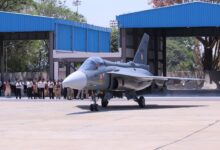
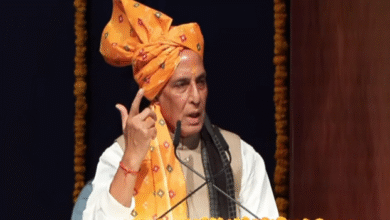
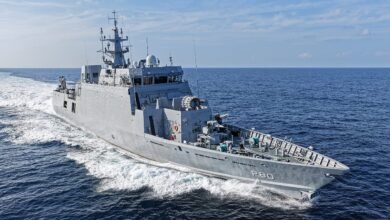
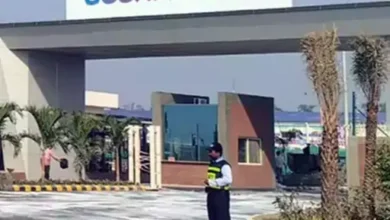

Facebook Comments